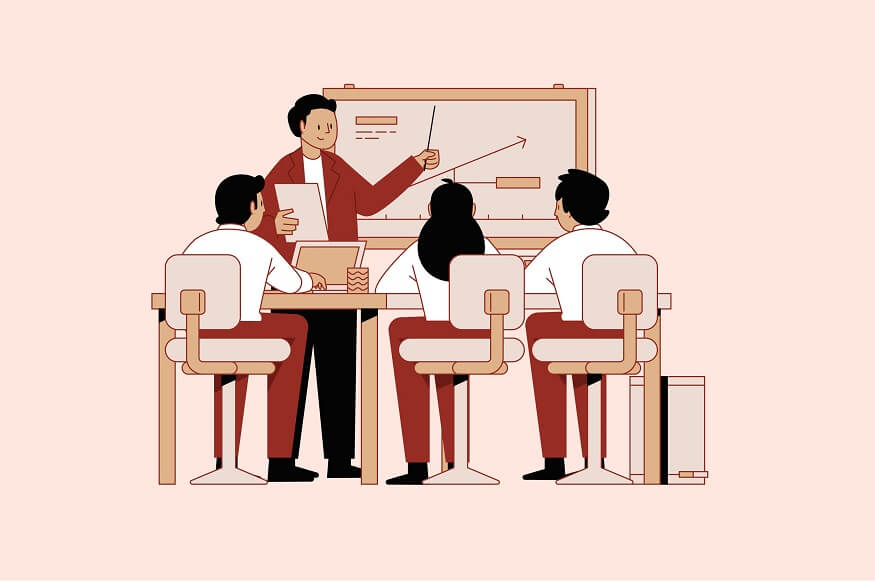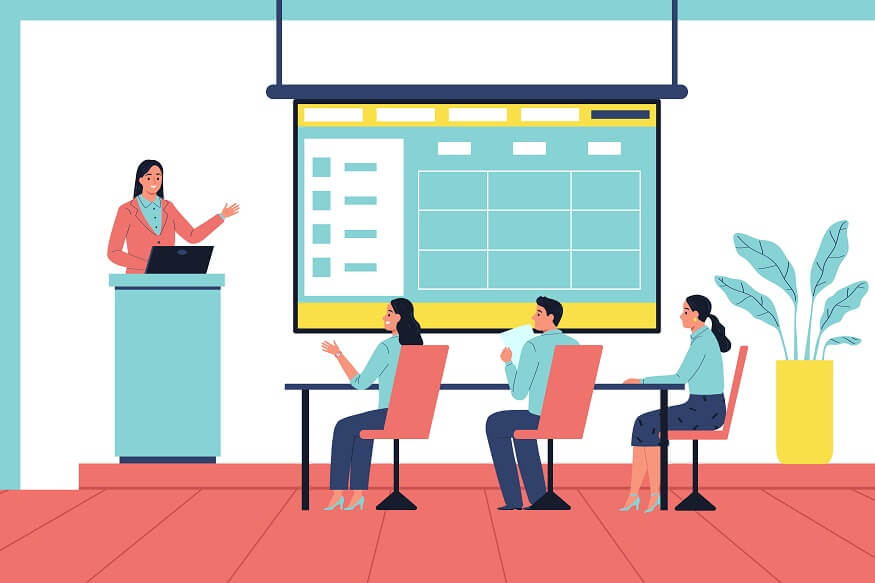In the realm of education, one size does not fit all. Students come to the classroom with a diverse array of abilities, interests, and learning styles. To cater to this diversity and ensure that every student has the opportunity to thrive, educators have embraced the concept of differentiated instruction. This approach recognises that effective teaching requires tailoring instruction to meet the individual needs of students. This essay explores the meaning of differentiated instruction, its implementation in the classroom, provides examples, and outlines key strategies for educators to successfully implement it.
Also Read: Assessment of Scholastic Skills through Educational Testing
Differentiated Instruction Meaning
Differentiated instruction is an educational philosophy and teaching strategy aimed at accommodating the unique needs and abilities of every student. It is based on the premise that students learn best when instruction is personalised and adapted to their individual learning styles, interests, and readiness levels. In essence, differentiated instruction seeks to bridge the gap between students’ diverse backgrounds and abilities, promoting inclusivity and equitable learning outcomes.
Differentiated Instruction Implementation
Differentiated instruction implementation tailors teaching to diverse student needs through flexible grouping, varied materials, and adaptive content, fostering inclusive learning.
Assessment of Students’ Needs: The first step in implementing differentiated instruction is to assess the needs of your students. This involves gathering data on their academic levels, learning styles, interests, and any special needs. Standardised tests, informal assessments, and observations can be invaluable tools for understanding your students’ strengths and weaknesses.
Flexible Grouping: After assessing students, educators can create flexible groups based on their needs and abilities. These groups can change frequently and may include whole class instruction, small groups, or even one-on-one sessions. By adjusting groupings, teachers can target instruction more effectively.
Varied Instructional Materials: Differentiated instruction involves using a variety of instructional materials and resources to engage students. This can include textbooks, online resources, multimedia, manipulatives, and hands-on activities. Providing multiple options allows students to choose the materials that best suit their learning preferences.
Adapted Content: Tailoring content to match students’ readiness levels is essential in differentiated instruction. For instance, in a mathematics class, some students may need more challenging problems, while others may require additional support with basic concepts. Customising the content ensures that students are neither overwhelmed nor bored.
Varied Assessments: Assessment methods should also be diversified to align with differentiated instruction. Some students may excel in written exams, while others may showcase their understanding through presentations, projects, or oral assessments. Offering various assessment options can better reflect the diverse strengths of your students.
Also Read: What is Educational Psychology? Importance and Activities
Examples of Differentiated Instruction
Here are some examples of differentiated Instruction
Reading Comprehension: In a primary school classroom, a teacher can differentiate reading comprehension assignments. Advanced readers might analyse complex texts, while struggling readers focus on shorter, more accessible texts. Mid-level readers can work on texts that challenge them appropriately.
Mathematics: In a high school mathematics class, the teacher can assign different levels of math problems. Students who excel can tackle advanced problems, while those who need more support can work on foundational concepts.
Science: In a science class, a teacher can allow students to choose research topics related to the curriculum. This empowers students to explore subjects they are passionate about, increasing engagement and motivation.
Foreign Language Learning: In a foreign language class, the teacher can offer different ways to practice vocabulary and grammar. Some students may prefer writing essays, while others may benefit from conversation practice or interactive online exercises.
History: In a history class, students can choose from various research topics related to the time period being studied, allowing them to explore their interests while meeting learning objectives.
Physical Education: In a physical education class, students with different skill levels can engage in different activities. Advanced students may play competitive sports, while beginners focus on skill-building exercises.
Also Read: What is Bloom’s Digital Taxonomy?
Strategies for Successful Implementation
Here are spme strategies for successful implementation
Get to Know Your Students: Building strong relationships with your students is crucial. Take the time to understand their individual needs, interests, and learning styles. This knowledge will guide your differentiation efforts.
Set Clear Learning Objectives: Clearly define learning objectives for each lesson or unit. This provides a framework for differentiation and ensures that all students are working towards the same essential goals.
Offer Choice: Whenever possible, give students choices in how they demonstrate their understanding or engage with the material. Choice empowers students and allows them to take ownership of their learning.
Use Formative Assessment: Regularly assess students’ progress using formative assessments like quizzes, polls, or short assignments. This feedback informs your teaching and helps you adjust instruction to meet students’ needs.
Professional Development: Continually develop your skills in differentiated instruction. Attend workshops, conferences, or online courses to learn new strategies and stay up-to-date with best practices.
Collaborate with Colleagues: Share ideas and strategies with fellow educators. Collaborative planning and sharing of resources can enrich your toolbox for differentiated instruction.
Support and Resources: Seek support from your school or educational institution. They may offer resources, training, or instructional materials to assist with differentiated instruction.
Also Read: Debating the pros and cons of standardised testing
Differentiated instruction is a powerful approach that recognises and respects the diversity of students in the classroom. It acknowledges that each student has unique needs, interests, and abilities, and strives to provide equitable learning opportunities for all. By implementing differentiated instruction, educators can create inclusive classrooms where every student can reach their full potential, fostering a love of learning that lasts a lifetime. To achieve this, it’s essential to assess students’ needs, employ flexible grouping, offer varied instructional materials, adapt content, and use diverse assessment methods. With these strategies in place and a commitment to ongoing professional development, educators can effectively implement differentiated instruction and provide an enriching educational experience for all students.
EuroSchool is committed to providing students with a high-quality education that will prepare them for success in college and beyond. The school’s teachers are highly qualified and experienced, and they use a variety of teaching methods to keep students engaged and learning.










